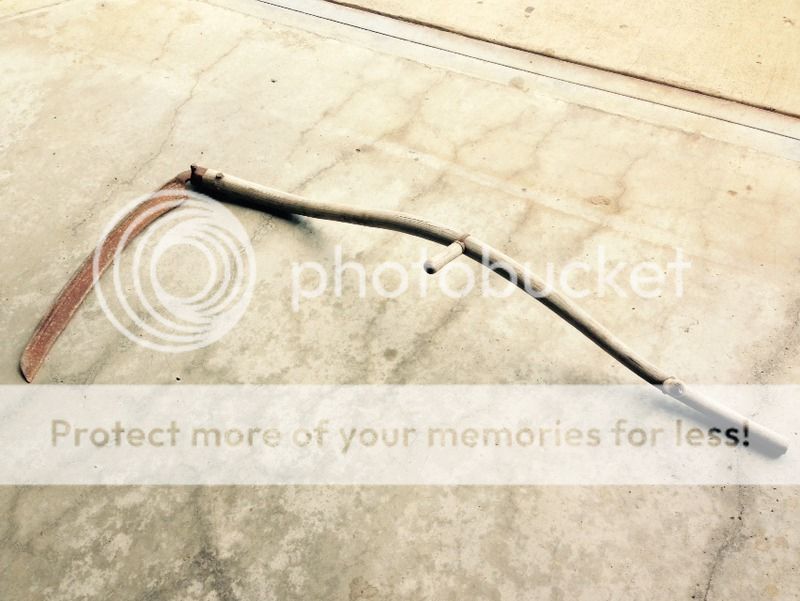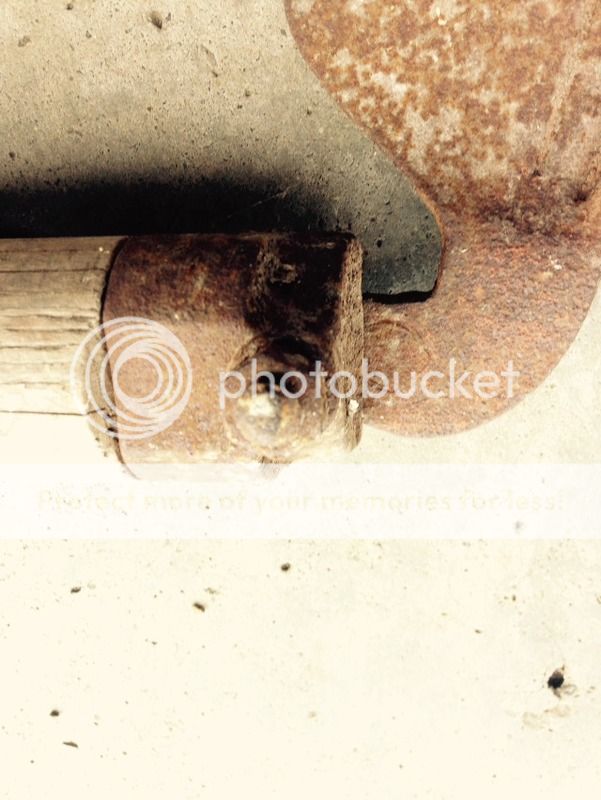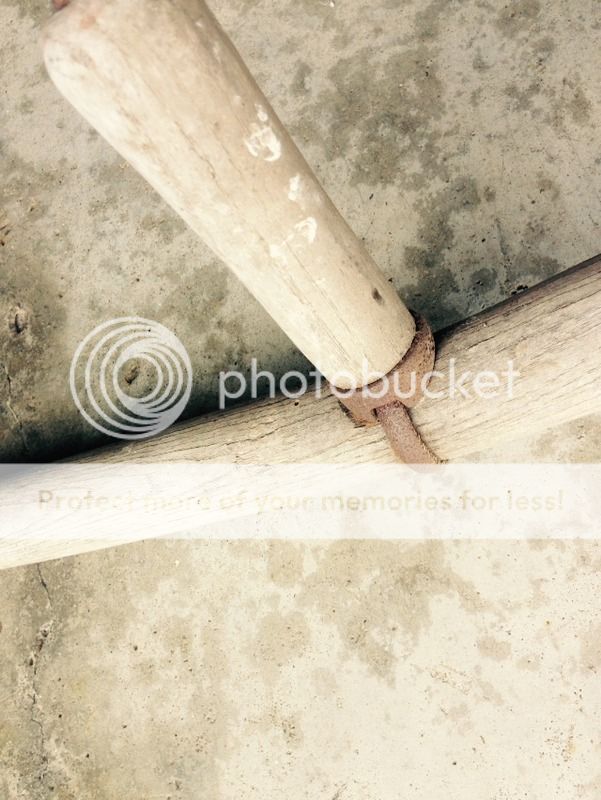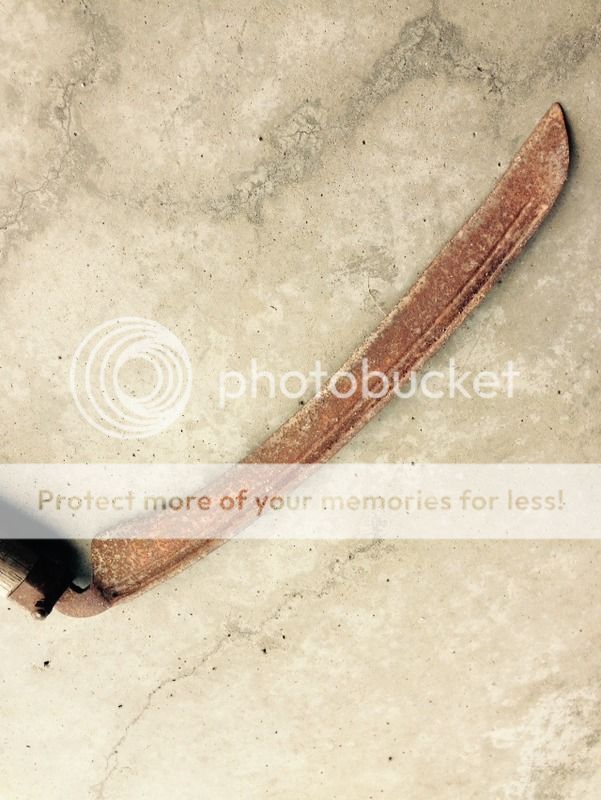- Joined
- Jul 31, 2002
- Messages
- 2,954
This recent video shows how scythes are just starting to be used in India to harvest wheat, instead of the slower method of squatting on the ground with a sickle, thanks to the efforts of 2 guys who went there to demonstrate the scythe at a bunch of villages:
Egads. While I applaud their motives, couldn't they have at least taught them with hard edged American scythes?






